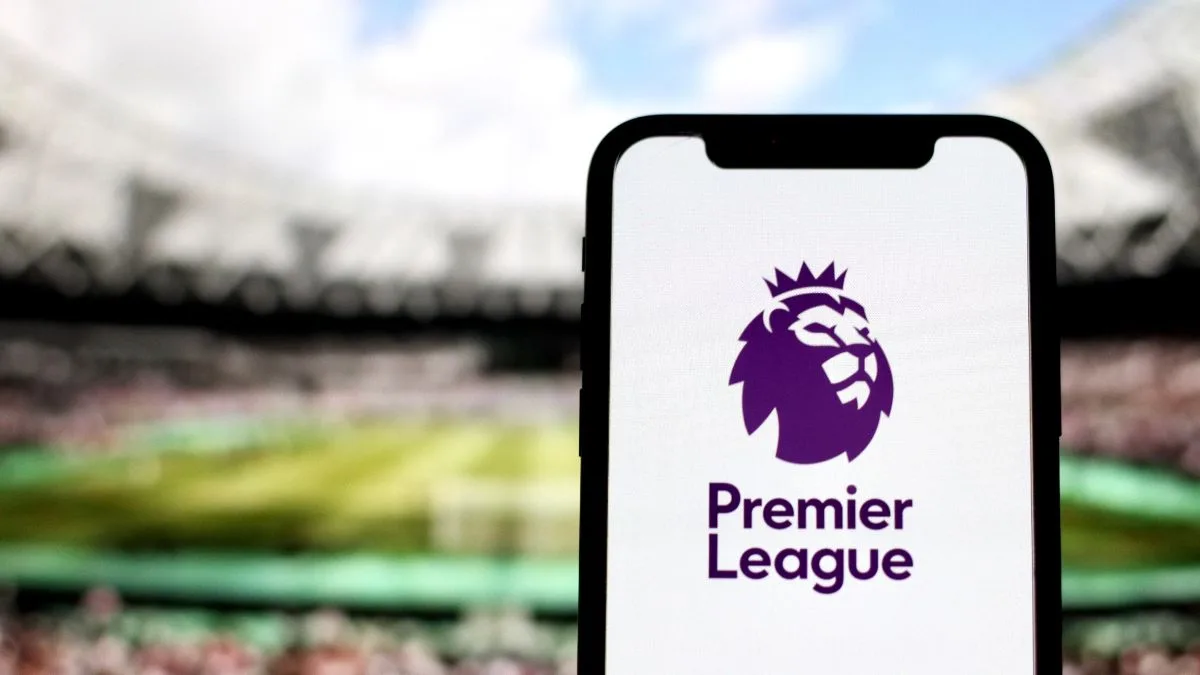Bluffing is part of poker’s DNA, and spotting a bluff online when playing free poker online is a core skill that separates casual players from consistent winners. You can’t read physical calls over the internet, but the virtual game has its own signals: betting patterns, timing, chat behavior, and table history. This guide explains easy-to-apply signs and practical steps to help you judge when an opponent might be bluffing.
1. Watch betting patterns
The single best clue in online poker is how someone bets across a hand. Look for patterns like:
Sudden big bets after checking earlier: If a player checks early and then posts a large bet on the river, it can be strength — or a last-minute bluff. Context matters.
Consistent bet sizing: Players with strong hands often use consistent bet sizes that match pot odds. Unusual jumps (tiny bet → huge bet) can suggest a bluff.
Frequent all-ins on weak boards: Players who shove often try to force folds rather than show actual strength.
How long someone takes to act is telling online. Timing tells aren’t foolproof, but they’re useful when combined with other signs:
Instant bets: Quick calls or raises often indicate a routine action — either a marginal hand or autopilot. Instant raises on scary boards can be a bluff or a pre-planned play.
Long hesitation: A long pause before a big bet can mean the player is thinking about a bluff line — or genuinely calculating odds. If hesitation contradicts their normal speed, it’s noteworthy.
Most online platforms let you see past hands or build an internal image of players. Use that to categorize opponents:
Tight players: Rarely play many hands. If they suddenly bet big, give them more respect — more likely real strength than a bluff.
Loose-aggressive players: They bluff more often. Expect bold plays and avoid folding too quickly unless board texture suggests danger.
Look for inconsistencies: If a player who usually folds early suddenly fights for pots, they may be trying to steal blinds or bluff late.
Bluffs make sense only on certain boards. Before folding, ask: does my opponent’s line make sense with the community cards?
If the board completed a draw (flush or straight) and a player bets big, they may legitimately have the draw — or be representing it. Play tighter.
On dry boards (few draws), big river bluffs are more common because fewer hands beat bluffs.
Always compare bet size to pot size — does the bet price you out? If the math says calling is cheap, consider calling to catch a bluff.
Some texas holdem players use chat, emojis, or avatar animations to influence opponents. Don’t rely on this alone, but it can add color to the read:
Overly friendly or trash-talking players sometimes bluff to provoke reactions.
Players who suddenly become chatty on big hands may be trying to distract or slow you down.
Call when the price is right: If the pot odds justify a call, you catch bluffs more often by calling than by folding.
Use position: In late position you can apply pressure with raises when appropriate, since you see others act first.
Don’t over-fold to aggression: Experienced bluffs target frequent folders. Mix up your calls to stay unpredictable.
Keep notes: If the site allows it, tag players and record notable hands to refine your reads later.
Bluff reading online is part pattern recognition, part math, and part psychology. Never base a decision on a single factor — combine timing, bet sizing, player history, and board texture. Most importantly, treat every bluff call as a calculated risk: sometimes you’ll be wrong, but over many hands, smart reads will pay off.




Want to add a comment?